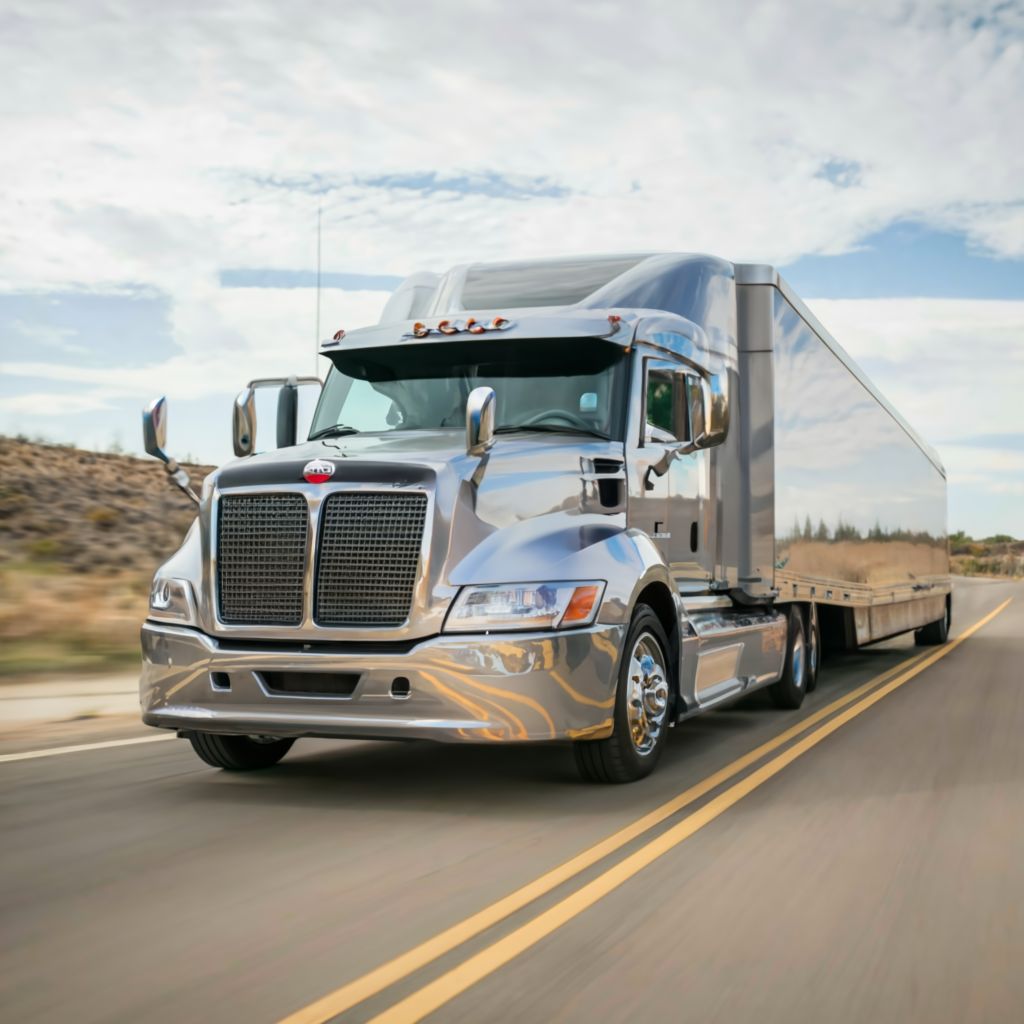
Moving to another state can be an exhilarating yet daunting experience. Whether it’s for a new job opportunity, a change of scenery, or personal reasons, preparing for such a significant transition requires careful planning. The process involves not only packing up your belongings but also ensuring that your vehicle is transported safely and efficiently. This article aims to provide you with four essential tips that will help streamline your move and make it as stress-free as possible. With over 80% of car buyers conducting online research before making decisions, it’s vital to leverage digital tools to assess various auto transport options available in the market today.
Summary
Understanding Your Moving Needs
What Are Your Priorities?
When planning a move, it’s essential to identify your personal priorities. Consider factors such as your budget, timeline, and the type of moving services you require. This will help you narrow down your options and make informed decisions.For example, if you’re on a tight budget, you may opt for more affordable options like open-air transport. However, if you’re transporting a luxury or classic vehicle, an enclosed trailer might be the better choice to protect your investment. According to the American Moving and Storage Association, nearly 40 million Americans move each year, making it crucial to understand what you need to make your transition smooth.To assist in this process, create a list of your top priorities. This could include:
- Budget: Determine how much you can spend on moving and transport services.
- Timeline: Establish a moving date and any deadlines for when you need to be settled in.
- Service Type: Decide whether you want full-service movers or prefer a DIY approach.
By clarifying your priorities early on, you can streamline the decision-making process and focus on what matters most during your relocation.
Assessing Vehicle Transport Options
There are several vehicle transport options available, each with its own advantages and disadvantages. Open car transport is typically the most cost-effective method for shipping vehicles, allowing multiple cars to be transported simultaneously. However, this method exposes vehicles to the elements during transit.On the other hand, enclosed trailer transport offers added protection for vehicles but often comes at a higher cost. This option is ideal for luxury cars or classic vehicles that require extra care. According to industry statistics, about 70% of car owners opt for open transport due to its affordability and efficiency.When selecting a transport option, consider:
- Distance of Move: Longer distances may warrant more protective measures for your vehicle.
- Vehicle Condition: Newer or high-value vehicles may benefit from enclosed transport.
- Budget: Weigh the costs against the level of protection needed for your vehicle.
Researching Your New Location
What Should You Know About Your New State?
Before relocating to another state, it’s crucial to research the local laws, climate, and community resources. This information can help you prepare for the transition and ensure a smoother adjustment. According to a survey by the U.S. Census Bureau, nearly 14% of Americans move each year, and understanding your new environment can significantly impact your settling-in process.Start by investigating the following aspects of your new state:
- Vehicle Registration and Licensing: Each state has its own rules regarding vehicle registration and obtaining a driver’s license. Familiarize yourself with these requirements to avoid any legal issues once you arrive. For instance, some states require emissions testing or safety inspections before registering your vehicle.
- Climate and Weather Patterns: Understanding the climate in your new location can help you prepare for seasonal changes. If you’re moving from a warm climate to a colder one, consider how this will affect your vehicle’s maintenance needs, such as winter tires or antifreeze levels.
- Local Amenities and Services: Research nearby amenities such as grocery stores, healthcare facilities, schools, and recreational areas. Knowing where essential services are located can ease the transition and help you feel more at home.
By gathering this information ahead of time, you can make informed decisions about your move and better adapt to your new environment.
Finding Reliable Auto Transport Services
When choosing an auto transport company, it’s essential to do your due diligence. Look for companies with a strong reputation, positive reviews, and proper licensing. A reliable auto transport company will provide you with clear communication, transparent pricing, and a smooth delivery process.Here are some tips for finding trustworthy auto transport services:
- Read Reviews: Check online reviews on platforms like Google, Yelp, or the Better Business Bureau (BBB) to gauge customer satisfaction. Look for patterns in feedback regarding punctuality, communication, and vehicle condition upon delivery.
- Verify Licensing and Insurance: Ensure that the transport company is licensed by the Federal Motor Carrier Safety Administration (FMCSA) and carries adequate insurance coverage. This protects you in case of any damages during transit.
- Get Multiple Quotes: Don’t settle for the first quote you receive. Reach out to several companies to compare prices and services offered. This will help you identify competitive rates while ensuring quality service.
- Ask Questions: Don’t hesitate to ask potential transport companies about their processes, timelines, and any concerns you may have. A reputable company will be happy to provide detailed answers.
Preparing for the Move
How to Organize Your Move Efficiently?
Organizing your move efficiently can make a significant difference in reducing stress and ensuring a smooth transition. Start by creating a detailed checklist and timeline, outlining all the tasks that need to be completed before, during, and after the move. According to the American Moving & Storage Association, effective planning can save you up to 30% of your moving costs.Here are some steps to help you organize your move:
- Create a Moving Checklist: List all the tasks you need to complete, such as notifying utility companies, changing your address, and packing your belongings. Break down larger tasks into smaller, manageable steps.
- Establish a Timeline: Set deadlines for each task on your checklist. For example, aim to complete packing at least a week before your moving date. This will help you stay organized and ensure that nothing is overlooked.
- Declutter Before Packing: Take this opportunity to declutter your belongings. Donate or sell items you no longer use or need. This not only reduces the volume of items to pack but also can save you money on moving costs.
- Label Boxes Clearly: As you pack, label each box with its contents and the room it belongs to. This will make unpacking in your new home much easier and more efficient.
- Communicate with Your Movers: If you’re using professional movers, communicate your timeline and any specific requirements well in advance. This ensures they are prepared for your move and can accommodate your needs.
By following these organizational tips, you can streamline the moving process and minimize stress as you prepare for this significant life change.
Packing and Shipping Your Vehicle
When preparing your vehicle for transport, it’s essential to follow proper packing procedures to ensure its safety during transit. According to industry standards, neglecting these steps can lead to unnecessary damage or delays.Here are some best practices for packing and shipping your vehicle:
- Remove Personal Belongings: Most auto transport companies have restrictions on what can be transported inside the vehicle. Remove all personal items, including loose change, electronics, and valuables.
- Clean Your Vehicle: A clean vehicle allows for better inspection before transport. Wash both the exterior and interior to identify any pre-existing damage that should be documented.
- Check Fluid Levels: Ensure that all fluid levels (oil, coolant, brake fluid) are topped off before transport. However, keep the fuel tank at no more than a quarter full to reduce weight during transit.
- Disable Alarms: If your vehicle has an alarm system, disable it before transport to prevent any disruptions during loading and unloading.
- Document Vehicle Condition: Take clear photos of your vehicle from multiple angles before it is loaded onto the transport truck. This documentation can serve as evidence in case of any disputes regarding damage during transit.
- Choose the Right Transport Method: As discussed earlier, decide between open-air or enclosed transport based on your vehicle’s value and condition.
Settling In After the Move
What Steps Should You Take Upon Arrival?
After arriving at your new location, there are several essential tasks you need to complete to ensure a smooth transition. According to the U.S. Census Bureau, about 14% of Americans move each year, and addressing these tasks promptly can help you feel settled more quickly.
- Register Your Vehicle: One of the first things you should do is register your vehicle with the local Department of Motor Vehicles (DMV). Each state has its own requirements for registration, so be sure to have all necessary documentation, such as proof of residency, vehicle title, and insurance information.
- Update Your Driver’s License: If you’re moving to a new state, you’ll need to update your driver’s license as well. Most states require you to do this within a certain timeframe after establishing residency.
- Set Up Utilities and Services: Ensure that your utilities (electricity, water, gas, internet) are set up and functioning in your new home. Contact local service providers ahead of time to avoid any delays in getting everything operational.
- Familiarize Yourself with Local Laws: Take some time to learn about local traffic laws and regulations that may differ from your previous state. This includes speed limits, parking restrictions, and any specific rules regarding vehicle inspections.
- Explore Your New Neighborhood: Spend some time getting to know your new community. Visit local shops, parks, and restaurants to familiarize yourself with the area. Engaging with the community can help you feel more at home and connected.
By completing these essential tasks upon arrival, you can make the transition smoother and start enjoying your new surroundings more quickly.
Building Connections in Your New Community
Moving to a new state can be an isolating experience, especially if you don’t know anyone in the area. To ease the transition and build a support network, consider the following strategies:
- Attend Local Events: Look for community events such as farmers’ markets, festivals, or neighborhood gatherings. These are great opportunities to meet new people and learn about local culture.
- Join Clubs or Organizations: Find clubs or organizations that align with your interests—whether it’s sports leagues, book clubs, or volunteer groups. Engaging in activities you enjoy can help you connect with like-minded individuals.
- Introduce Yourself to Neighbors: Take the initiative to introduce yourself to your neighbors. A simple “hello” can go a long way in building rapport and making friends in your new community.
- Utilize Social Media: Join local Facebook groups or community forums where residents share information about events, services, and recommendations. This can also be a platform for meeting others in your area.
- Explore Local Resources: Many communities offer resources for newcomers, including welcome centers or local chambers of commerce that provide information on services and activities available in the area.
